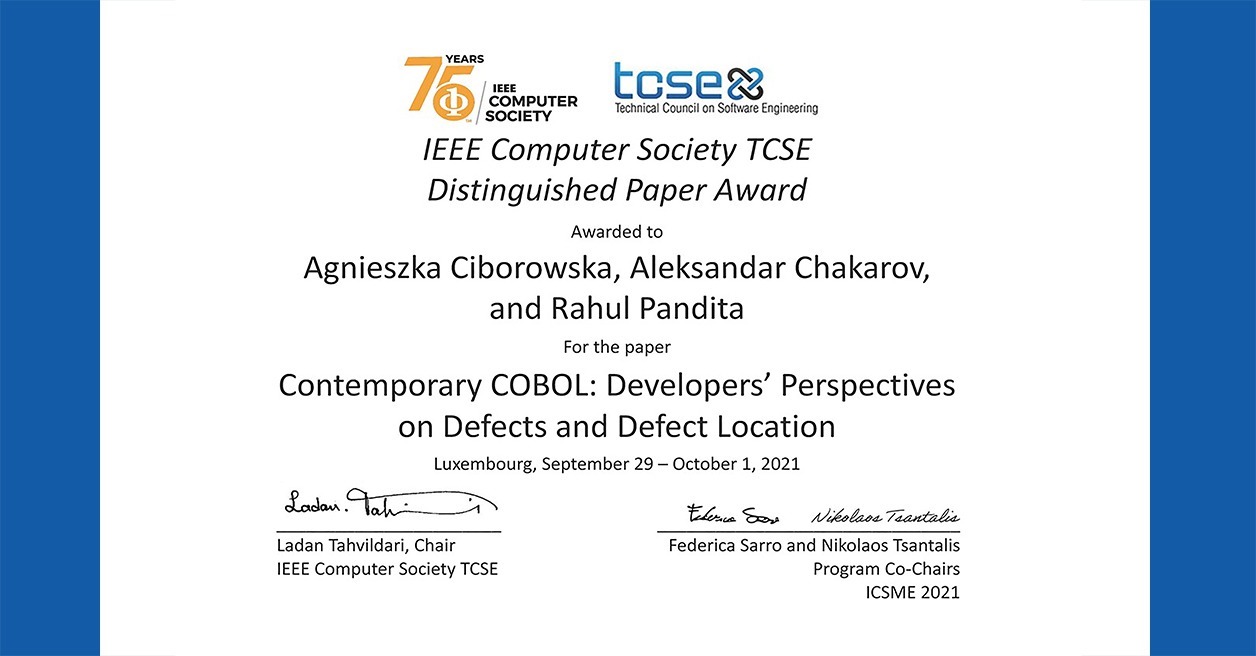COBOL's enduring dominance
An estimated 220 billion to 800 billion lines of COBOL code remain in active use across global enterprises. Over 80% of organizations anticipate these systems will outlast their current workforce. COBOL Colleague transforms the workforce crisis into an opportunity by preserving the business intelligence embedded in your code—creating a permanent knowledge base that outlasts any individual developer.





